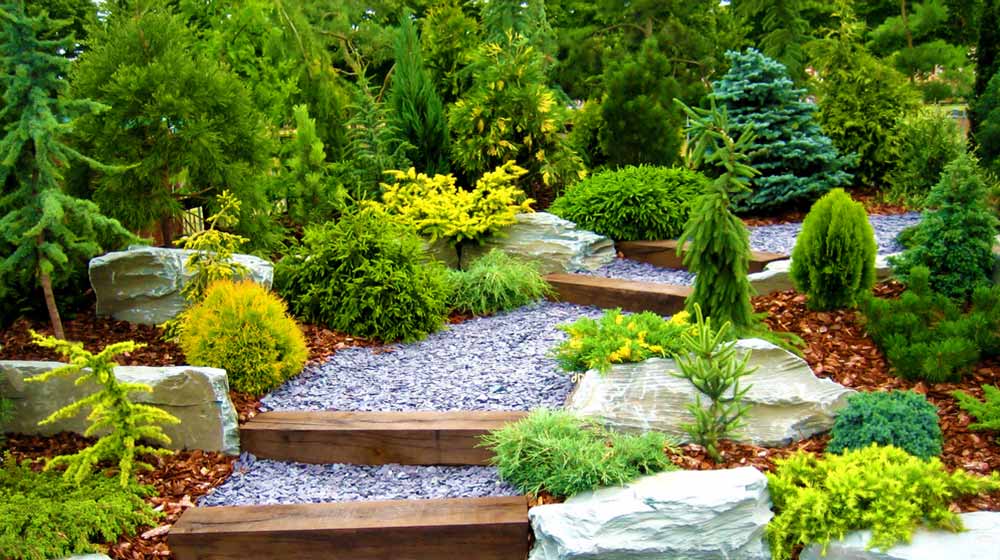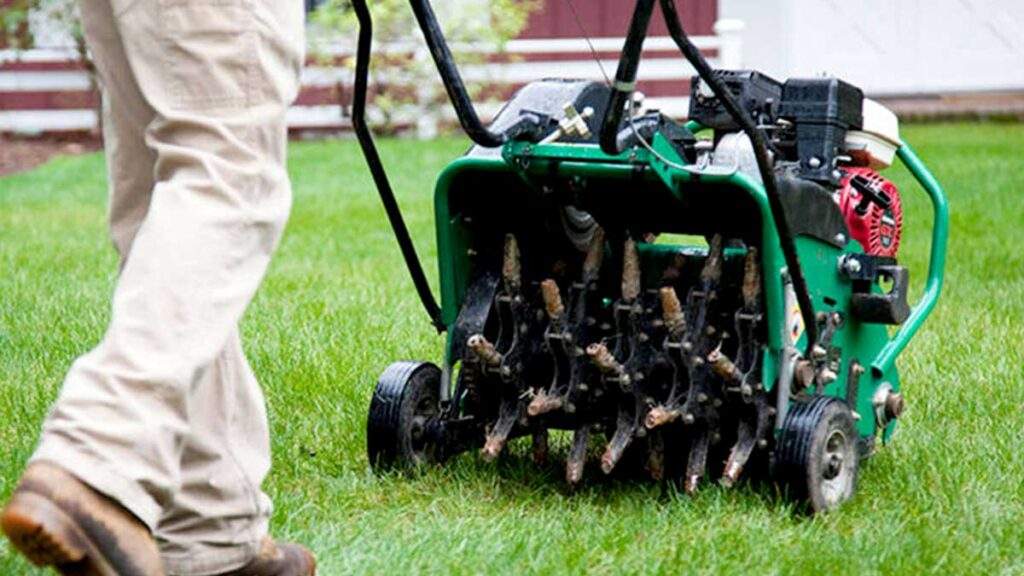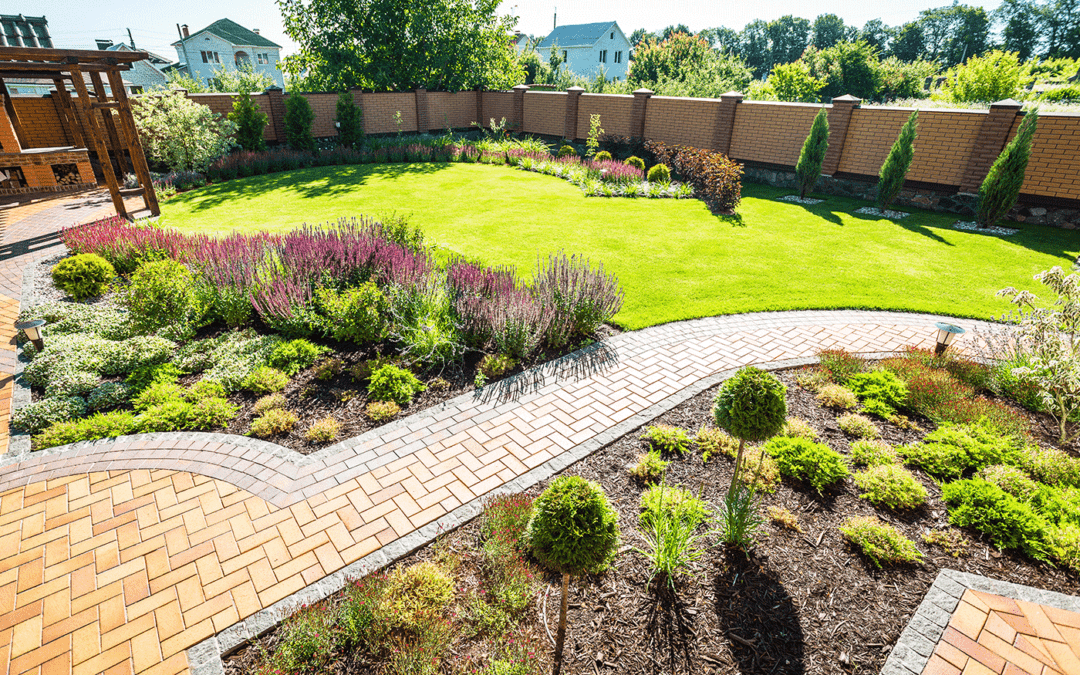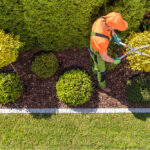4 Landscape Tips for Caring for Your Trees & Lawn This Fall
Fall is the time for pumpkins, trick-or-treating, cozy campfires, and tree and lawn care in Minnesota. Does that last one surprise you?
It catches many homeowners and property owners off guard because they assume landscaping is reserved for spring.
The fact is that our trees and lawns could use a little extra love in the fall to help them recover from the heat of summer and prepare for the chill of winter.
Care for your trees and lawn by following these four fall landscape tips and make your yard picture-perfect all season long.
4 Landscape Tips For This Fall

Minnesota Lawn Care & Landscaping Services | Green Grounds Landscaping
Watch Out for Spotted Lanternflies
If you live in Minnesota, you’ve probably seen a little spotted insect hopping around. These spotted lanternflies are harmful to your trees, especially the Tree of Heaven, maples, and fruit trees.
They feed on tree sap and leave behind honeydew, which invites mold to form on the tree. You can protect your trees from spotted lanternflies by treating your property in the fall.
Why fall?
During this time, the adult insects are most vulnerable, and their egg-laying season has begun.
Make sure to also keep an eye out for spotted lanternfly egg sacs on your trees. These sacs look like mud smears on the bark of the tree and hold 60-70 nymphs.
If you see spotted lanternfly eggs, it’s crucial to get in touch with a tree professional to get rid of the spotted lanternflies and prevent any more from infesting your property.
Deep Root Feed Your Trees and Shrubs
It’s recommended that you deep root feed your ornamental trees and shrubs once a year. Fall can be a perfect time to do this because the ground is still soft, and the roots will easily absorb the fertilizer.
Any leftover fertilizer will still be present in the soil by early spring.
The injected nutrients from deep root feeding are absorbed by the plant roots and enhance growth and root development. They also improve the soil structure and protect trees and shrubs from plant diseases and pests.

Minnesota Lawn Care & Landscaping Services | Green Grounds Landscaping
Aerate Your Lawn
The summer season was tough on your lawn, and the upcoming winter months will not be any nicer. Restore your grass and prepare it for winter by performing lawn aeration in the fall.
During aeration, a machine removes clumps of soil in the shape and size of an index finger to relieve soil compaction.
Over time, the soil becomes compacted from foot traffic, lawn ornaments, camping chairs, toys, and more. Compacted soil does not allow nutrients and water to spread very well, causing patches of dead grass.
Aeration eliminates this problem and enables grass roots to absorb the nutrients they need to be a luscious green.
Overseed Bare Areas
Fall is also the perfect time to fill in bare patches and damaged areas with grass seed before your lawn goes into dormancy because it ensures good seed germination.
Simply apply the seed by hand or use a broadcast spreader to get an even seed distribution.
Related article: Fall Lawn Care Checklist for Minnesota
Even if your lawn is already in pristine condition and you don’t have any complaints, it’s a good idea to overseed your property in the fall because it can help thicken the grass.
If you overseed your lawn, make sure you keep up with the watering because if a seed dries up, it dies.
Partner With Us for Lawn Care This Fall
Just because the warm seasons are coming to an end, that doesn’t mean you can stop your lawn care practices. Instead, you should pay special attention to aerating, feeding, and protecting your trees and grass.
It can seem like a lot to do in one season, but that’s why landscaping companies exist. We’ll manage your lawn care this fall, including deep root feeding your trees, aerating and overseeding your lawn, and raking up fallen leaves.
For more information about all of our landscaping services in Minnesota, contact us today!









